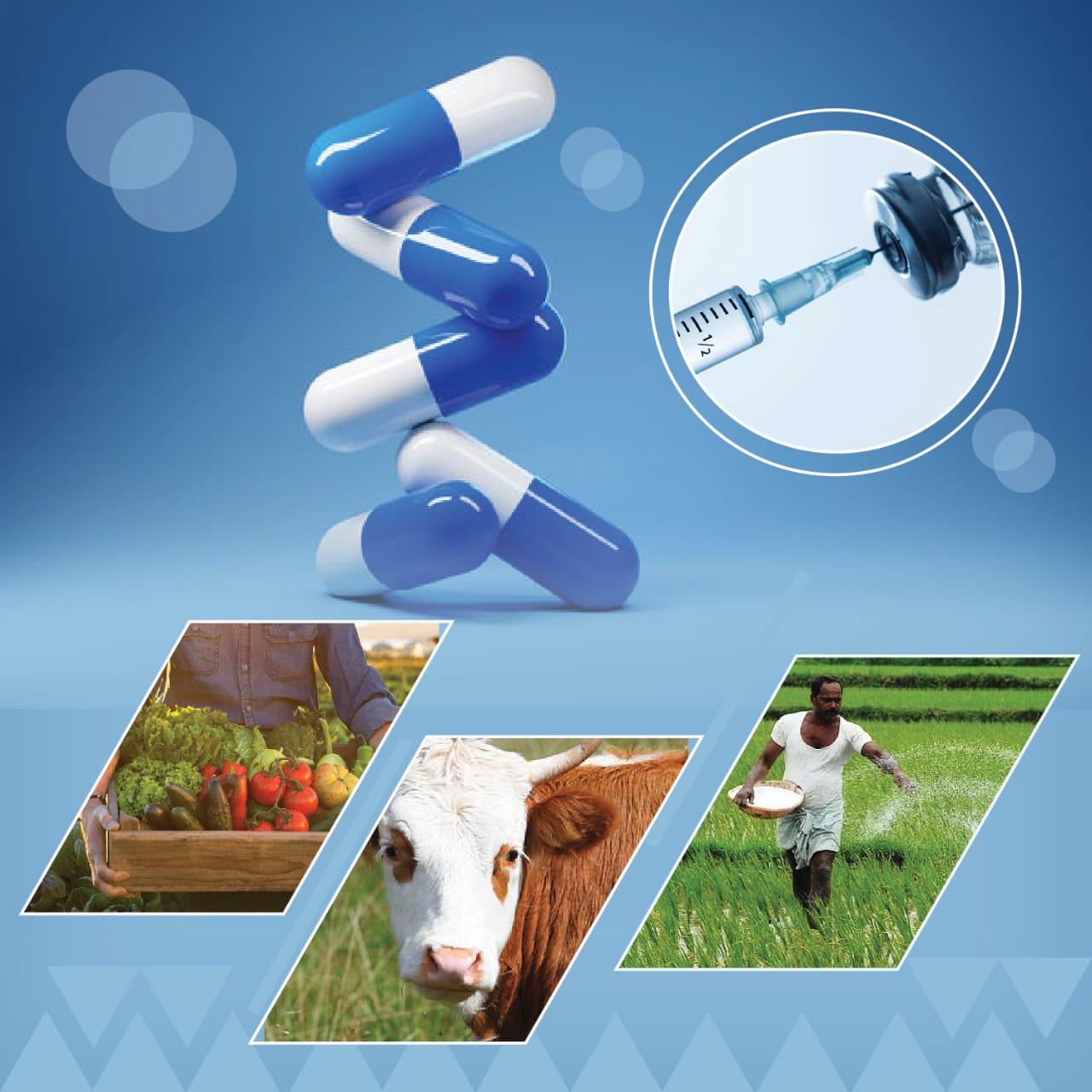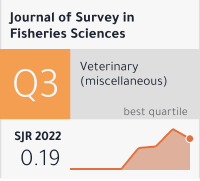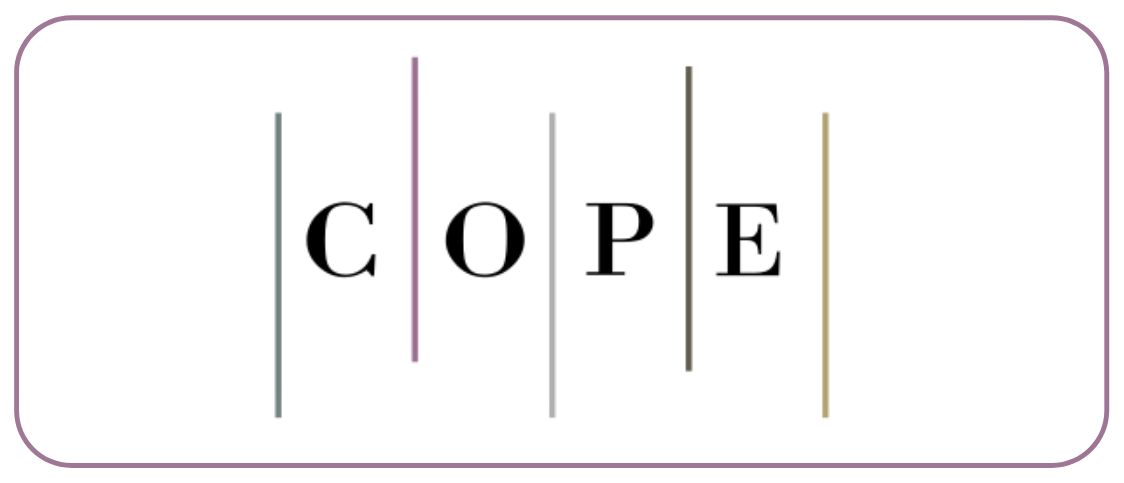Hair Growth Promoting Effect Of Topical Poly Herbal Oil On Sprague Dawley Rats
DOI:
https://doi.org/10.53555/sfs.v10i3.3526Keywords:
Hair Growth, Sprague Dawley Rats, Anti-oxidantAbstract
Hair loss is a common concern for both men and women, usually characterized by hair thinning, dandruff and extreme hair fall or shedding. Although synthetic remedies for hair loss are available but they often have appalling side effects and do not offer a permanent and long-lasting solution. The goal of the study was to formulate a herbal hair repair oil that would promote hair growth and repair while reducing hair loss. It was also aimed to examine and compare the effects of various herbal oils on hair growth in Sprague Dawley rats. For this purpose, a variety of herbs were selected including, the leaves of Hibiscus rosa sinensis, Murraya koenigii, Melaleuca alternifolia, Monarda fistulosa and Salvia rosmarinus. Castor oil, coconut oil, olive oil, almond oil, sesame oil, peppermint essential oil, and rosemary essential oil were among the other oils used in this investigation. The formulated repair hair oil was evaluated through physical, chemical, and hair growth tests by applying it topically to shaved albino rats. Primary skin irritation, antioxidant activity and hair length tests were performed. The results of the hair growth study were compared with locally purchased hair oils. Poly herbal hair repair oil demonstrated the best results among the tested samples in terms of increased hair length, efficacy, safety, promising physicochemical properties, antioxidant activity and hair growth promotion in animal models.









